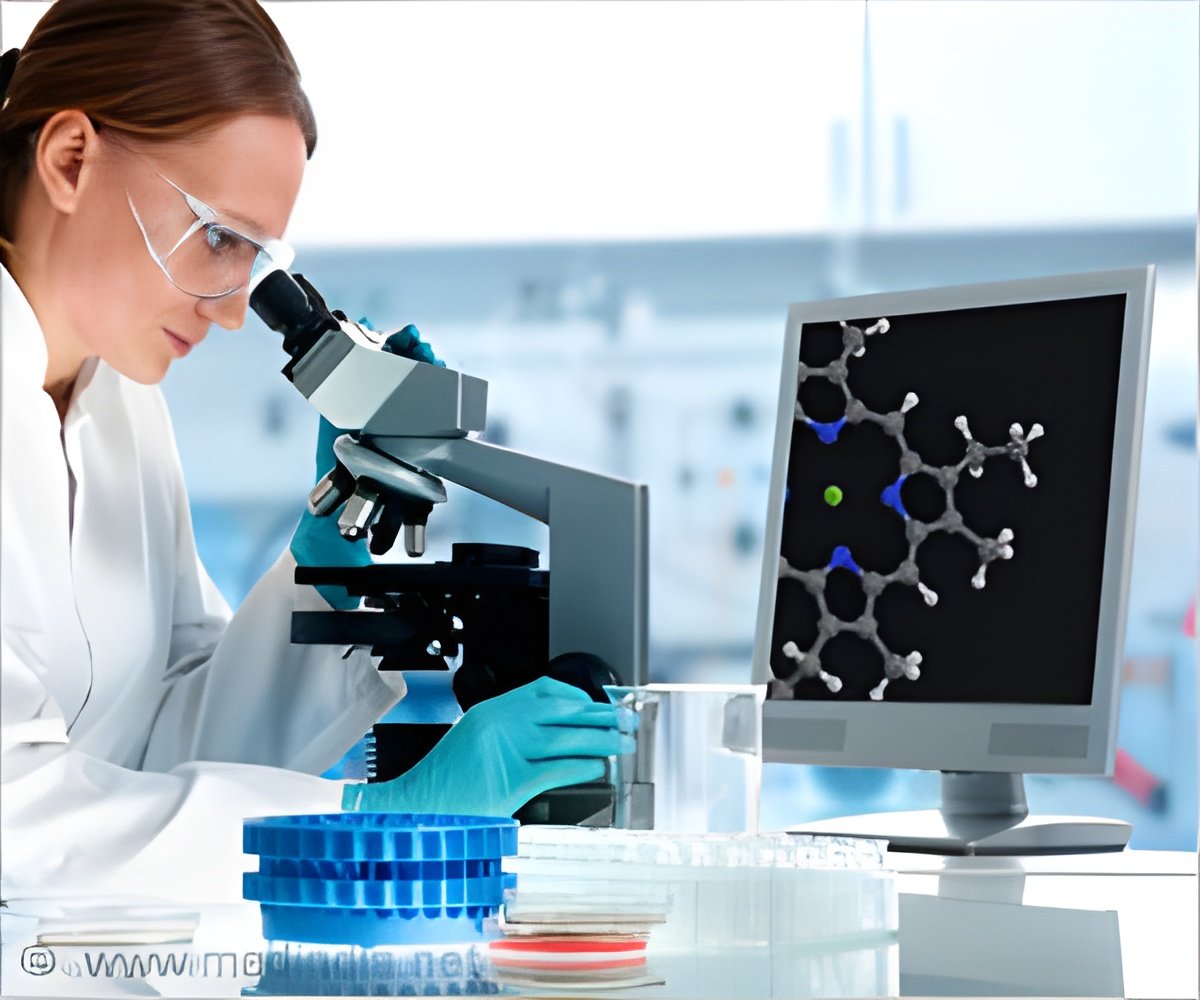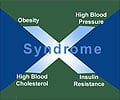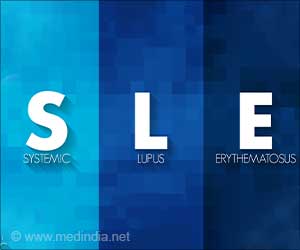The purpose of the new network, called iCEL1273, is to provide a framework to gain a broader understanding of the interactions between the animal and its bacterial diet.

TOP INSIGHT
The purpose of the network model called iCEL1273, is to provide a framework to gain a broader understanding of the interactions between the animal and its bacterial diet.
Using a mathematical tool called flux balance analysis together with iCEL1273, scientists calculated various paths that nutrients, once consumed, could take in their conversion to biomass in the worm and what proportion of each route is used. They were also able to make predictions, at a systems level, of how a worm responds to individual nutrients, which could not be done solely by experiments in a wet lab, Walhout said.
The new network can be used as a confirmatory tool for work already completed in the lab, but more importantly, it can be used as a new predictive tool to interpret data and start new projects. "We can computationally predict which genes in this metabolic network are essential for the worm to grow," Dr. Yilmaz said. The overarching vision for the new network is to gain a deeper understanding, both systemically and mechanically, of the cause and effect of tinkering with bacteria that are eaten by the worm.
"This can provide hypotheses that we can then extrapolate and computationally test in the human network. It will allow us to see if and what we find in the interaction between bacteria and worms may translate to interactions between bacteria and human gut cells," Walhout said.
Source-Eurekalert
 MEDINDIA
MEDINDIA




 Email
Email





